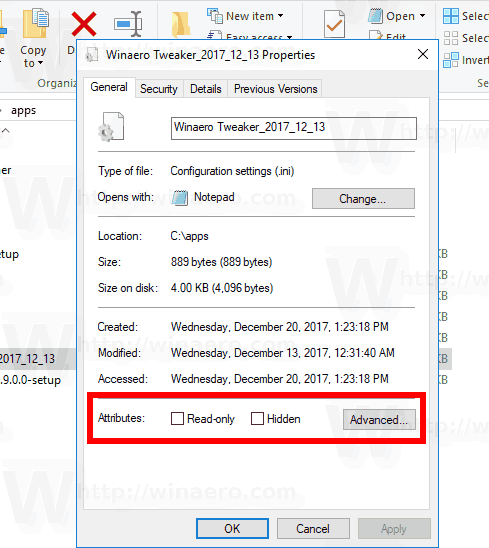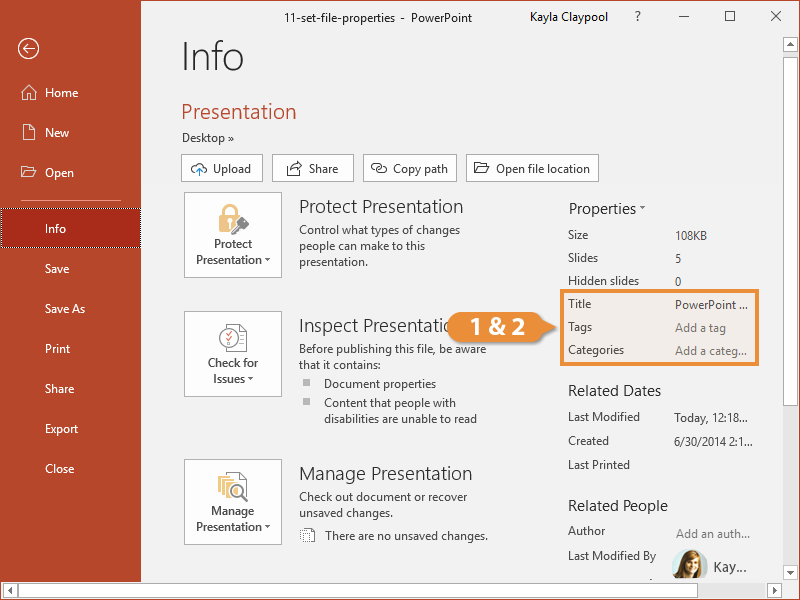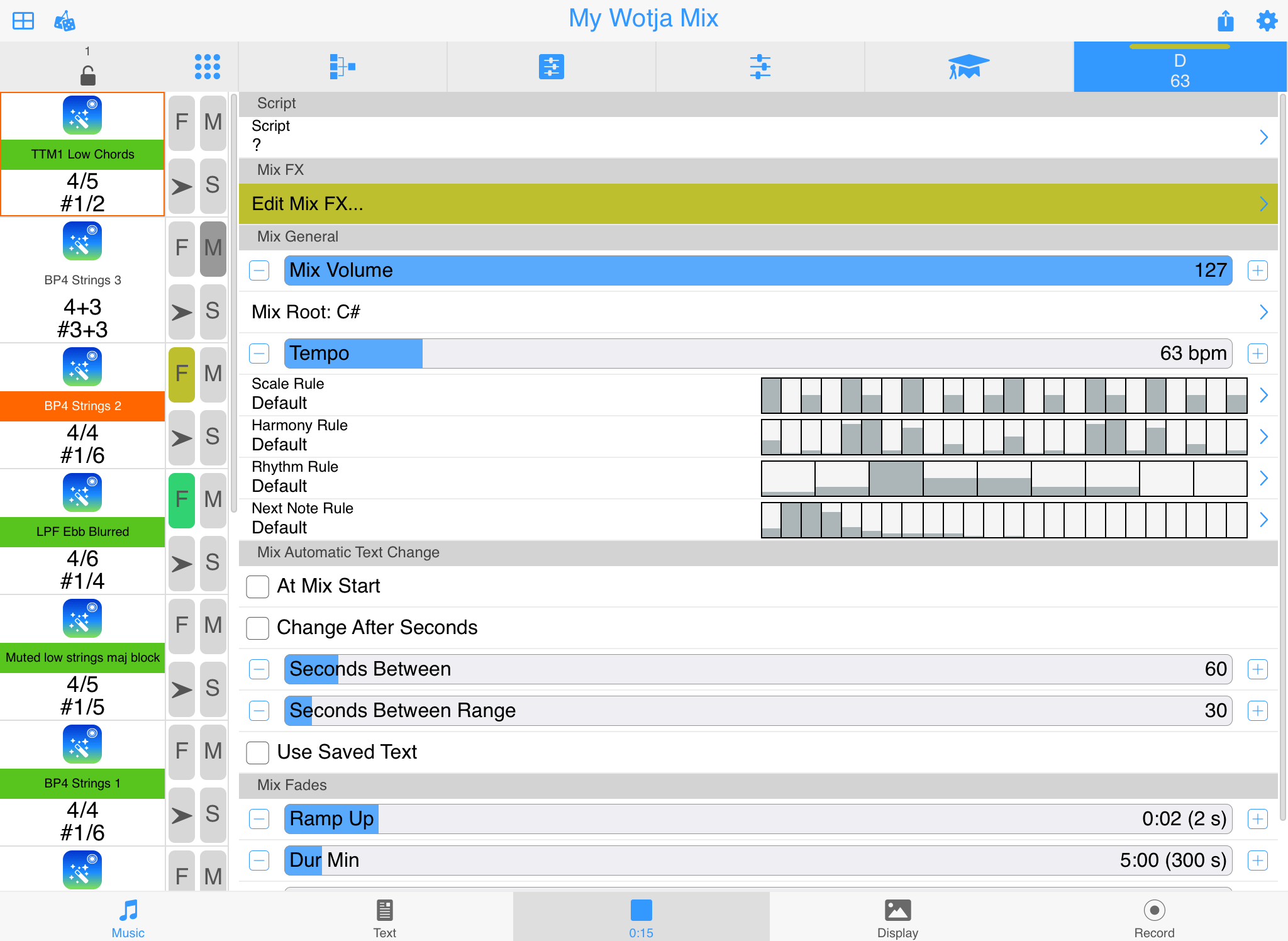
- #Windows file properties editor serial number
- #Windows file properties editor plus
- #Windows file properties editor download
- #Windows file properties editor windows
To change the tags you see in the sidebar, choose Finder > Settings.
#Windows file properties editor serial number
Lens maker įlash maker įlash model Ĭamera serial number Įxposure program Exif.Photo. In the Finder on your Mac, tag files and folders with color or text to make them.
#Windows file properties editor windows
Windows Explorer Value (in order) Field(s) written (reported by exiv2)ĭate acquired ģ5mm focal length 35mmFilm From a quick test on a jpg file, here are the editable values and their corresponding metadata fields, as reported by exiv2 -pa pengwin.jpg ( exiv2): I just discovered that Windows Explorer (at least in Windows 2) can edit some EXIF/XMP fields. (For changing EXIF data through command line tools see the "APP1" profile in, for example, ImageMagick. (A time saver when forgetting to adjust a camera to another time zone, or when handling images from multiple cameras that are seconds apart.) It can also rename files given the EXIF timestamp. Nice to have: it can adjust all timestamps of selected images with some delta. (But I am not sure if it did so automatically.) But I assume that has meanwhile been fixed.) (In those days rotating using, for example, Windows Explorer or Microsoft Office's Photo Editor would result in reduced image quality or increased file size, and would destroy the EXIF data. When rotating JPG images it will not mess with the actual image, and will not destroy the EXIF data. I guess it's too old for nowadays' standards, but it had some big advantages you might also require for whatever you choose:

To change the program associated with a specific file, follow the steps below.

Click View in the file menu and Folder Options. The Windows Property System is an extensible read/write system of data definitions that provides a uniform way of expressing metadata about Shell items.Save the files and you're all set twasbrillig. Then in the new Version tab, change FILEVERSION and PRODUCTVERSION, CompanyName, etc. Locate the file extension you want to remove and highlight it. For a file that is missing version info completely: After opening the DLL in Visual Studio, go to Edit > Add Resource > Version and click New.Otherwise, click New and create a new action. To modify a previous action, highlight it in the Actions list and edit it.Click the Tools in the file menu and then Folder Options.If the program you want to select is not listed, click the Browse button, find the program's executable (.exe) file on the computer, and click OK to select that program. Select the program you want to associate, open the file extension, and click OK.You can use the Search bar in the upper-right corner to search by name, or select a drive and/or folder to browse using the left panel. 2 Browse for the file you want to modify. You can do this by clicking the folder icon on your taskbar, or by pressing Windows key + E on the keyboard.
#Windows file properties editor download
Locate the file extension you want to modify and highlight it. Download Article 1 Open the File Explorer.
#Windows file properties editor plus
Hit the Plus icon and select your desired media. Next, add the video file that has the media information you want to modify.

The Properties has several categories, which can be. Under the Default app column, click the name of the currently-selected default program. The Properties shows and allows editing of many active data, including the active scene and object.Under the Name column, locate the file extension you want to modify.On the right side, in the Default apps section, scroll down and click the Choose default apps by file type option.Press the Windows key, type Default apps, and press the Enter key.In the How do you want to open pop-up window, select the program you want to associate with that file type.Click the current default program or Choose a default option below the file type.In the Default apps window, scroll to the bottom and select Choose defaults by file type.Click the Associate a file type or protocol with a program option. File attributes are a type of meta-data that describe and may modify how files and/or directories in a filesystem behave.In the Control Panel, click the Default Programs option.


 0 kommentar(er)
0 kommentar(er)
